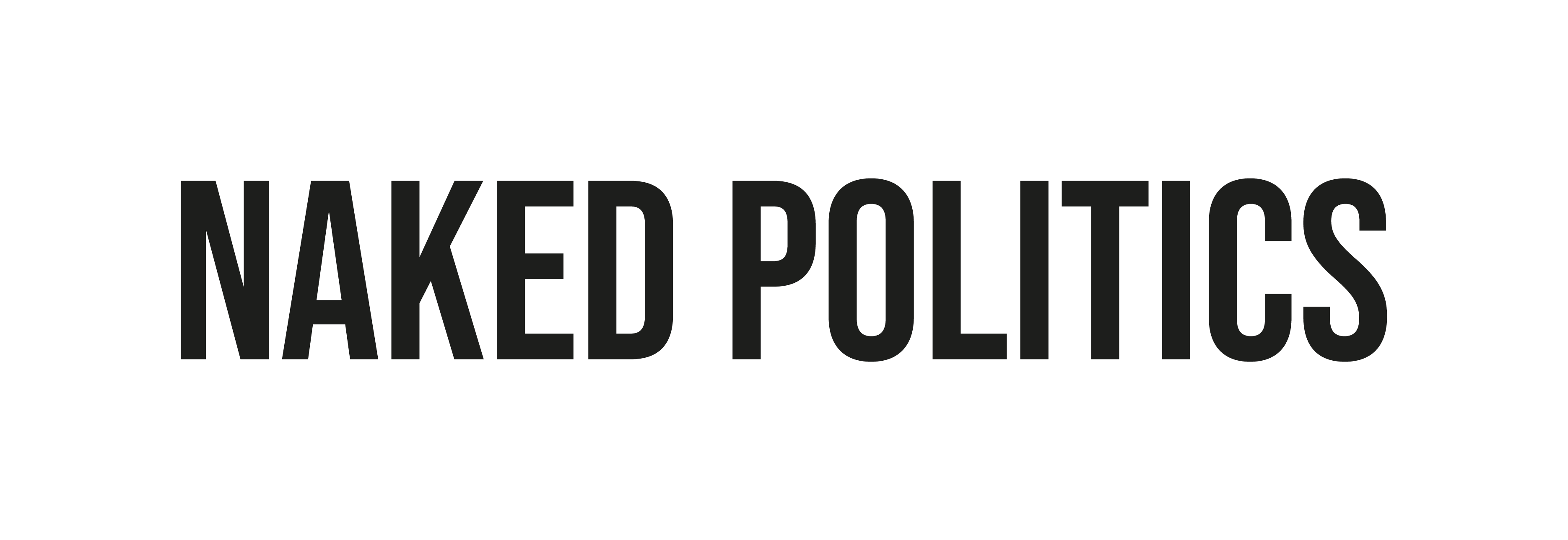By: Alejandro Castillo Powell
At the time of writing there are currently 12 active candidates running to be the presidential nominee of the Democratic Party, ranging from world-renowned figures like Joe Biden and Bernie Sanders to relatively unknown entities such as Senator Michael Bennet and Representative John Delaney. However, there are four front-runners, and these are the only candidates with a realistic chance of winning the nomination – although billionaire Michael Bloomberg’s campaign started much later than the others, he has the resources and profile to break into the pack. The frontrunners are split evenly between the progressive and moderate wings of the party, with former Vice-President Joe Biden and South Bend Mayor Pete Buttigieg both representing moderate policies, while Senators Elizabeth Warren and Bernie Sanders embody the progressive faction.
Although relatively unreliable at this point, as many primary voters have yet to make their minds up, most national polls show Biden with an average lead of 6.5 points. However, a recent CNN poll bucks this trend by giving a 3-point advantage to Bernie Sanders. The overall trend shows Biden and Sanders with a clear lead over the other candidates, with Elizabeth Warren in third place and Buttigieg and Bloomberg roughly tied for fourth. The significance of this is two-fold. Firstly, what started out as one of the most diverse primary elections in the party’s history, with an Asian-American candidate, Andrew Yang, a Latino-American, Julian Castro, and several African Americans, such as Cory Booker and Kamala Harris, has turned into a fight between two elderly white men. Of the remaining active candidates, Andrew Yang is the only non-white candidate with name recognition. Secondly, what is clear when we move past individual candidates and start to look at ideology is that the progressive wing has a good chance of triumphing. According to an aggregation of polling data on Real Clear Politics, Sanders and Warren have a combined percentage of 36.6%, a healthy lead over Biden’s 28.1%.
Warren and Sanders are running on remarkably similar platforms, advocating universal healthcare, taking on big pharmaceutical companies and proposing higher taxes for top-income earners. Sanders said back in April, “Elizabeth and I end up agreeing on a lot of issues.” The real difference between the two, although simplistically put, is that Sanders is a democratic socialist who calls for a complete overhaul of institutions, while Warren is a social democrat who believes in reform and regulation within the existing system. Die-hard socialists will argue that the differences between Warren and Sanders are vitally important but ask Democrat voters what they believe is more important, ideological purity, or fighting for free healthcare and progressive taxation, and they will most certainly opt for the latter.
With the first primary contest, the Iowa Caucus, scheduled for February 3rd, we will soon see if the in-fighting of progressives will prove to be their death knell. The first two primaries, Iowa and New Hampshire are historically important. Not since Bill Clinton in 1992 has the Democrat nominee failed to win either New Hampshire or Iowa. In 2016, Hillary Clinton won Iowa, while Sanders won New Hampshire. Polling suggests that Sanders has a good chance of winning both primaries, but with many voters deciding on the day who to caucus for, any one of the four front-runners has a chance. If neither Sanders nor Warren win the early primaries both camps will likely blame the other and they will most likely be left with two options: join forces – inevitably involving one of them dropping out and endorsing the other – or face the prospect of Biden, a weak debater prone to embarrassing gaffes, being eviscerated by the bullying tactics of Donald Trump.
The chance of a coalition between Warren and Sanders was severely undermined during the Des Moines primary debate held on January 14 when Warren re-affirmed an accusation that came from her campaign, alleging that Bernie Sanders had told her in a private conversation that, “a woman can never be president.” The incident broke an informal non-aggression pact between the two candidates and resulted in an awkward exchange in which Warren refused to shake Sanders’ hand. Sanders’ die-hard fans, self-proclaimed “Bernie Bros”, lashed out against Warren with the “Never Warren” hashtag trending on twitter, indicating they would never vote for her. Although the tension between the candidates appears to have eased since then, it’s clear that they are far from a position of joining forces. The irony is that both candidates are running campaigns based on uniting ordinary Americans against billionaires and multinational corporations, and yet they both seem intent on dividing the progressive base.
It’s clear from the polling data that Warren and Sanders remain the second-choice preferences for each other’s supporters. In other words, if one were to drop out, a significant portion of their votes would be transferred to the other. It’s unlikely at this point, with both candidates polling well in the early states, for either to drop out, but should Biden rack up a clear lead in the contest, it may be the only option for progressives to win. Many pundits and Democratic voters argue that Biden is the most “electable” candidate due to his experience and moderate policies. Hillary Clinton went into the 2016 election with the experience and moderate vision that should’ve made her “electable” – as well as the debating skills and energy level that the 77-year-old gaffe-prone Biden lacks. The best bet that the Democrats have is a radical candidate that can unite both moderates and progressives, but if Warren and Sanders cannot even sort out their own ideological squabbles then neither stands a chance of uniting the whole country.
**All information correct at time of writing**

